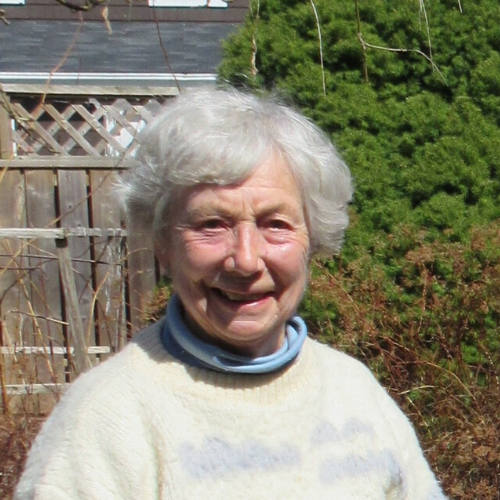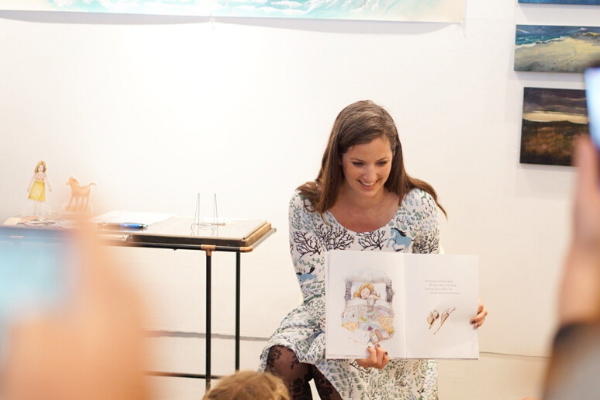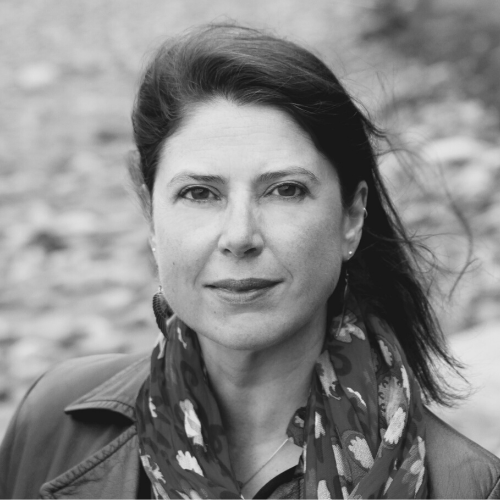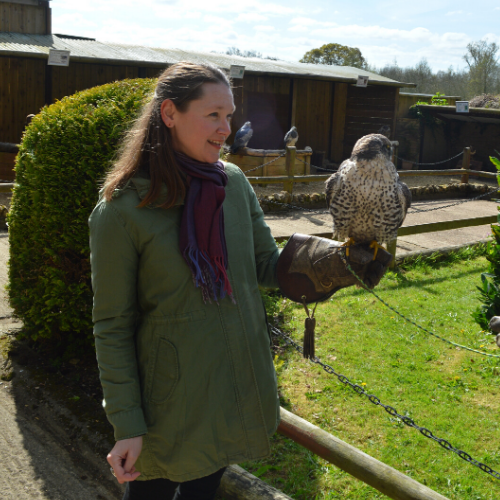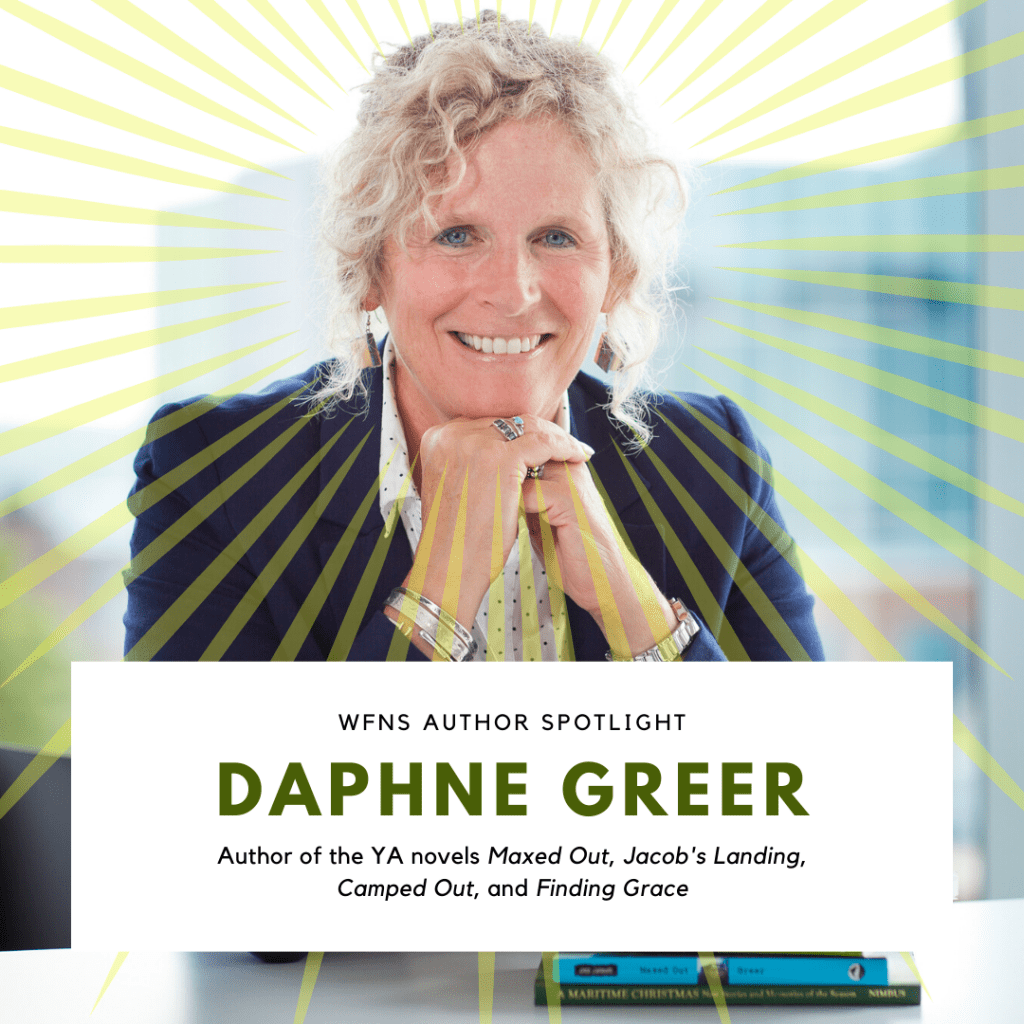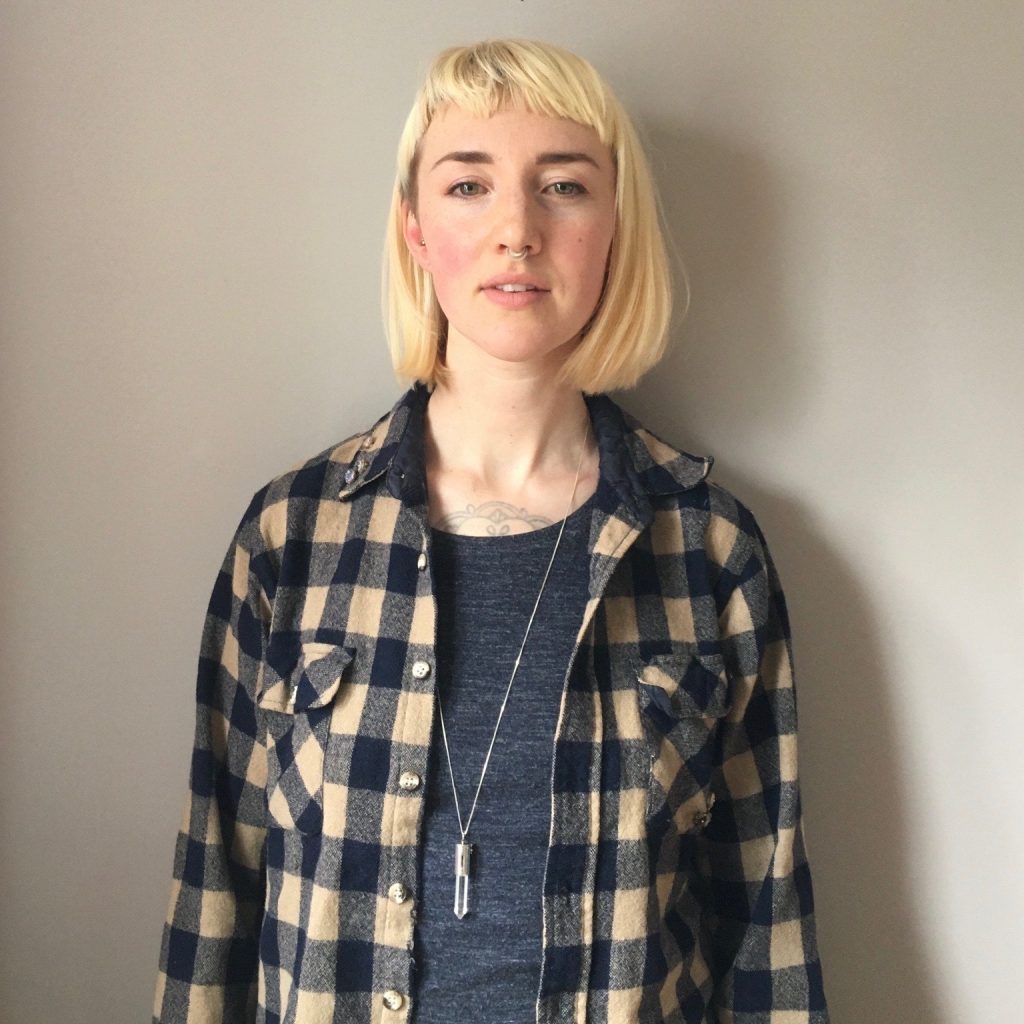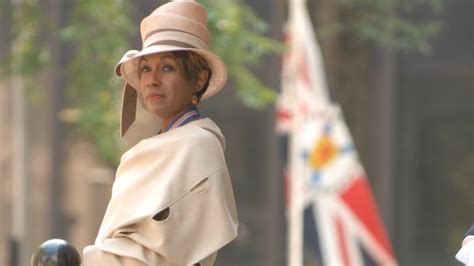The Honourable Doctor Mayann Francis, O.N.S. was appointed to the Faculty of Management, School of Public Administration as the first Distinguished Public Service Fellow in fall of 2015.
Dr. Francis served as Lieutenant Governor for the province of Nova Scotia, from 2006-2012. She was the first African Nova Scotian and second woman to be appointed as the vice regal representative.
She is the recipient of six honourary degrees and an Honorary Diploma. She has served in many leadership roles including Chair of the Board for the Atlantic School of Theology.
Dr. Francis graduated from St. Mary’s University with a Bachelor of Arts Degree and a Masters in Public Administration from New York University. In addition to her list of credentials, Dr. Francis can add author. Nimbus Publishing published her first children’s book, Mayann’s Train Ride, in October 2015. Her memoir, Mayann Francis, An Honourable Life, was released last year and was listed in The Hill Times’ list of 100 best non-fiction books in 2019.
Earlier this week, Marilyn Smulders, executive director of the Writers’ Federation of Nova Scotia, spoke to Dr. Francis about her memoir, being a role model, fashion, and her coping strategies for the pandemic.
First of all, why did you decide to write this book, Mayann Francis: An Honourable Life?
I decided to tell my story because I felt there were lessons in my journey that would be helpful to many people. I wrote it to inspire people especially if there are barriers to overcome. I also wrote my story to encourage people to look at themselves and honestly consider some of the issues I raised and ask what am I doing to promote positive change so that all of us can move forward with honesty, love, faith, peace, and respect for differences.
My hope is that everyone can learn from my journey.
What would you say were some of the particular challenges you faced in the role, being the first Black person to occupy it?
When I was called to Ottawa to meet with Prime Minister Stephen Harper, I was in a state of shock. I wasn’t sure whether I would say yes to his request to be the 31st Lieutenant Governor of Nova Scotia. As a Black woman, I wondered would I be accepted? Growing up here in Nova Scotia, I know the history of race relations in this province is not positive.
I also remembered some of the negative Canadian reaction to the appointment of Michaëlle Jean as Governor General. In any event, I prayed about whether or not I should accept this opportunity. The answer I received was yes.
One of the biggest challenges was not having an official government residence to live in and carry out my duties. Government House was closed and under construction. I lived in my own condo and was based out of the Maritime Centre. My memoir goes into details of what it was like to not have an official residence to live in and to perform my official duties. It was extremely difficult and at times very depressing.
When I finally did move into Government House after three years, what went on beyond the scenes, is detailed in my story. I ask difficult questions in my book as to why I was being treated differently, as I was told, from other Lieutenant Governors. For example, in the private quarters, I did not have a stove or a refrigerator. I was told I could use the commercial kitchen (in the basement). When my term ended, my successor was given a fridge and a stove as soon as they moved in. As I said, my memoir discusses many challenges. Nonetheless, I was not going to let anything break my spirit or comprise my dignity. My faith in God gave me strength.
What was it about growing up in Whitney Pier that may have prepared you or helped you in the role?
I definitely did not grow up with a silver spoon in my mouth and I’m so proud to have grown up in Whitney Pier. Growing up in Whitney Pier was regarded as being from the other side of the tracks. But because an emphasis on education was widespread throughout the Pier, the other side of the tracks turned out many successful and prominent people. I always say Whitney Pier was a solid foundation for me when it came to understanding the importance of diversity, inclusion, education, religion, caring, and respect.
Looking back, what makes you most proud during your time in office?
A stand out was the chance to meet her Majesty the Queen, which I did twice. Meeting her was a great honour. On one occasion, I flew to London along with my sister to meet her, and then of course when she came to Nova Scotia in June 2010. I’m a monarchist; I’m not going to hide that. And she is a wonderful person, very smart, and I felt truly appreciated by her.
Another highlight was to sign the Royal Prerogative of Mercy Free Pardon for Viola Desmond. This is different from a regular pardon, in that it meant Viola was innocent to begin with that day in 1946. Only her Majesty or her Majesty’s representative can grant the Free Pardon. Viola was the first person to receive this pardon in Canada. I was deeply moved that I granted her this pardon. We both made history.
Now we can see her for the person she was, a successful businessperson and a very enterprising woman, and not as someone who committed a crime. (Viola Desmond was thrown in jail and convicted of defrauding the government of one penny for sitting in the white’s only section of a movie theatre.) It is so good to see that she is getting the due she so deserves—to see her portrait on the $10 bill means her legacy will not only live on in Canada but also internationally. There are many other ways throughout Canada that Viola has been recognized.
I’m also proud to have opened up Government House to the public. I hosted the first opera ever to be performed in Government House. On Tuesday evenings, I held public events and invited well-known Nova Scotians to come in and talk. I’m very happy that this is still going on. I think it’s great. Everyone loves going to Government House on a Tuesday night.
Some of the awards I created are continuing, including the Lieutenant Governor’s Community Spirit Award and the Lieutenant Governor’s Persons with Disabilities Employer Partnership Award.
And, if you go to Government House, you’ll see the art on the walls doesn’t represent just one colour or one gender any longer. You’ll see Viola Desmond’s portrait and William Hall’s. Portia White’s portrait is now there too and a Mi’kmaw drawing. My memoir provides more details.
Are there any parts of your book that may surprise readers?
Anybody who has given me feedback has expressed disbelief when my term was over and I moved out of Government House, that they put in Government House a fridge and a stove in the private quarters. There are many other experiences in my story that have left many people speechless to the point that some people have shed tears and apologized for what I went through. They are surprised that I was able to maintain my calmness and dignity and still carry out my role.
Do you feel comfortable being a role model?
I don’t label myself as a role model. I just wrote the book because I feel there are lessons to be learned by my life.
But if someone sees me as a role model, I feel very honored and flattered by that.
(Some of the role models in her own life include trailblazing Black entrepreneur Beverly Mascoll, Michelle Obama, Oprah Winfrey, Shauntay Grant, her grade school principal Mr. Sheldon MacDonald, George Elliott Clarke, Rocky Jones, her mother Thelma and father George, who were newcomers to Canada from Antigua and Cuba respectively.)
I wanted to ask you about fashion. I adored the exhibition, The Dress: Mayann Francis and the Call to Serve, which was on display at Dalhousie Art Gallery in 2016. Why was this important project for you?
After I left office I went on a tour in Europe and visited a lot of textile museums, some with exhibitions on clothing. I thought that’s interesting; I haven’t seen that in Nova Scotia.
There is a story behind all the outfits I wore as Lieutenant Governor of Nova Scotia. As the first Black person to take on the office, I knew I would be judged not only by my performance but what I wore and I know some of the stereotypes people have about Black women.
I was determined that my clothing would not make a negative impression. I was really fortunate to have Salwa Majaess as my dressmaker; she fully understood where I was coming from. Whatever I wore had to have a lot of dignity to it.
I didn’t want to stand out as Lieutenant Governor, and have people say, ‘her skirt is so short,’ ‘that colour is too loud.’ Having the exhibition gave me the chance to tell those stories, and it was great to bring everything together, the suits, the dresses, the hats, wigs, gloves, purses, jewelry etc.
There are other Nova Scotian stories out there, and I believe there’s room to have a museum of sorts dedicated to textiles and fashion. I really do.
Are you working on any other books?
Yes, I’m working on another children’s book, which is due out in 2021. I just finished the edits, and it’s due at the publisher this month. The new book is focused on Whitney Pier.
You’ve had a lot of firsts in your life (among them: first Black Lieutenant Governor of Nova Scotia, first woman to serve as Nova Scotia provincial ombudsman, first Black woman to serve as director and CEO of the Nova Scotia Human Rights Commission.) Are there any other firsts you’d like to conquer?
I think at this stage of my life, I’d like to leave that for people coming up in the world. So no.
In my book I mention, in part, that “Progress will be demonstrated in Nova Scotia when a Black Nova Scotian, or another racial minority is appointed as deputy minister or assistant deputy of a line department…” And recently it was announced that Candace Thomas, an African Nova Scotian, was appointed the new deputy minister of Justice and of the new office, Social Innovation and Integrative Approaches. So I do believe the Premier is sincere about making change. I hope this new appointment opens new doors and heralds the beginning of systemic and Institutional changes to eliminate barriers.
What’s your advice for staying sane through this pandemic?
It’s a very challenging time for everyone.
What can I say? I love my land line. I made sure that I made a lot of phone calls to people who are doing the same thing I’m doing, staying home and following the directives and advice of our Chief Medical Officer of Health, the Premier and Prime Minister.
I’ve done Zoom too with a friend who was having a little party (online). We laughed our heads off and enjoyed ourselves.
Other things: I go for a walk every day, pray, meditate, do exercises and, as usual, I pay attention to what I eat.
I’ve decided to downsize my den. It’s time to go in and take a look at all the paperwork and many books to see what needs to go.
I have a beautiful Ragdoll cat (named Noah James) that keeps me happy.
For some people, being alone is difficult. And I understand that. I tell my friends and family to give me a call. Let’s try to have fun via the phone or texts. We are all in this together. It is not easy but we must continue forward with hope and faith.

